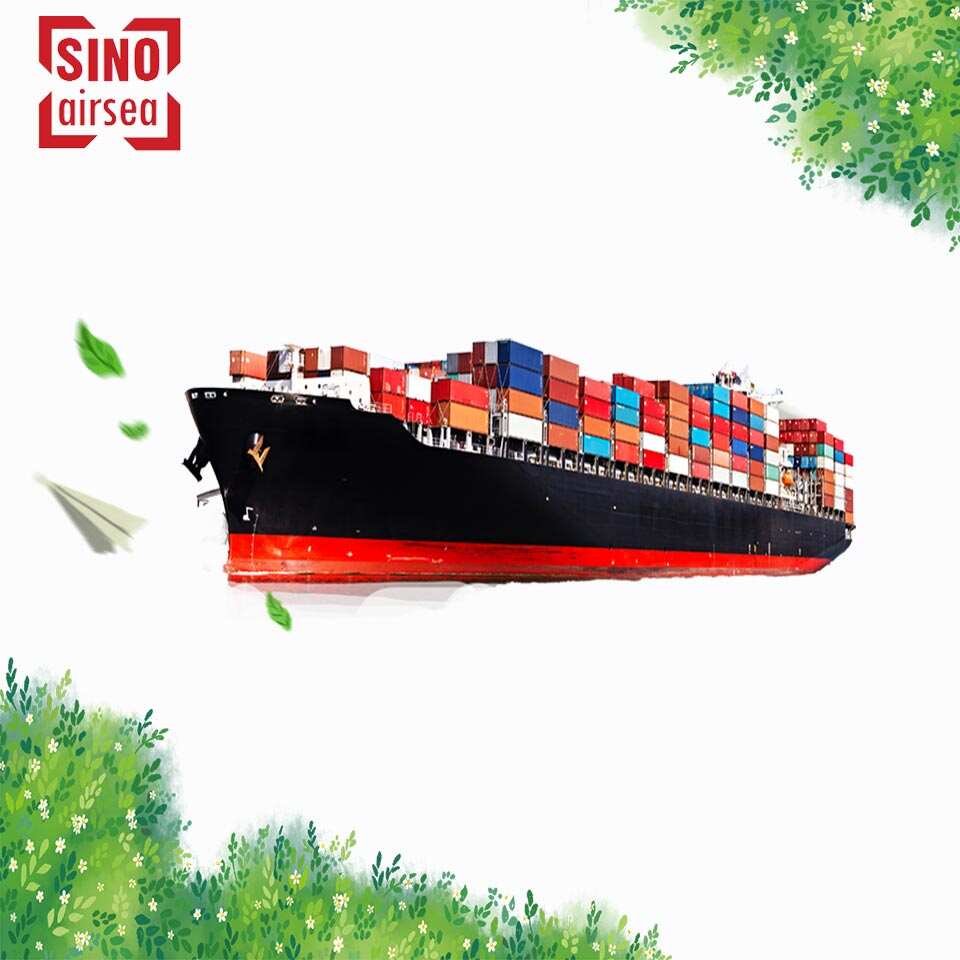Understanding International Sea Freight Rates: Key Factors and Trends
In today's globalized economy, businesses rely heavily on international sea freight to transport goods across continents. Understanding international sea freight rates is crucial for companies aiming to optimize their logistics and reduce costs. This blog post delves into the various factors influencing these rates, helping you navigate the complexities of maritime shipping.
What Are International Sea Freight Rates?
International sea freight rates refer to the charges incurred when transporting goods by sea. These rates can vary significantly based on various factors, including distance, type of cargo, and the shipping company. They play a critical role in global trade, influencing pricing strategies and profit margins for businesses engaged in international commerce.
Key Factors Influencing Sea Freight Rates
Fuel Prices
One of the most significant factors affecting international sea freight rates is fuel prices. When oil prices rise, shipping companies often pass these costs onto their customers. Consequently, fluctuations in fuel prices can lead to considerable variations in freight rates, impacting overall shipping budgets.
Supply and Demand
The dynamics of supply and demand play a pivotal role in determining freight costs. During peak shipping seasons, when demand for cargo space exceeds supply, rates tend to increase. Conversely, during off-peak periods, rates may decrease as competition among carriers intensifies. Understanding these trends can help businesses plan their shipments more effectively.
Seasonal Trends
Certain times of the year, such as the holiday season, see a surge in shipping activity, driving up freight rates. Businesses should be aware of these seasonal fluctuations to optimize their logistics and minimize costs. Timing shipments strategically can lead to significant savings.
Types of Sea Freight Services
Full Container Load (FCL) vs. Less Than Container Load (LCL)
When shipping goods, businesses must choose between Full Container Load (FCL) and Less Than Container Load (LCL) services. FCL is often more economical for larger shipments, while LCL can be beneficial for smaller loads, allowing companies to share container space and reduce costs. Understanding these options is crucial for effective shipping strategies.
Seafreight Line Express Charges Price
For urgent shipments, many businesses opt for express services, which come at a premium. These seafreight line express charges provide faster delivery times but can significantly impact overall shipping costs. Evaluating the need for expedited shipping versus standard options is essential for cost management.
Regional Variations in Sea Freight Rates
Asia-Pacific
The Asia-Pacific region is a major hub for global trade, with its shipping rates influenced by factors such as port congestion and regional demand. Understanding the nuances of this market is crucial for businesses looking to import or export goods.
Europe
European shipping rates are shaped by regulations, port facilities, and competition among carriers. Businesses should keep these factors in mind when planning shipments to or from Europe to avoid unexpected costs.
North America
The North American market presents unique challenges, including high demand and complex regulatory environments. Companies should be aware of these dynamics to ensure their logistics strategies align with current market conditions.
Tips for Reducing Sea Freight Costs
Consolidation of Shipments
One effective way to reduce sea freight costs is by consolidating shipments. By grouping multiple orders together, businesses can maximize container space and minimize overall shipping expenses.
Choosing the Right Carrier
Not all shipping companies offer the same rates or services. It's essential to compare different carriers to find the most cost-effective options. Look for carriers that provide the best balance between service quality and pricing.
Timing Your Shipments
Planning shipments during off-peak periods can lead to significant savings. By understanding seasonal trends, businesses can schedule their shipments to avoid high-demand periods and reduce freight costs.
The Future of International Sea Freight Rates
Technological Advancements
As technology continues to evolve, the logistics industry is undergoing significant changes. Innovations such as blockchain and AI are streamlining operations and improving transparency, which may lead to more competitive pricing in the future.
Environmental Regulations
Increasingly stringent environmental regulations are shaping the shipping industry. As companies strive to meet sustainability goals, these regulations may influence freight rates. Businesses should stay informed about these changes to adapt their strategies accordingly.
Conclusion
Understanding international sea freight rates is essential for businesses engaged in global trade. By considering key factors such as fuel prices, supply and demand, and regional variations, companies can make informed decisions that optimize their logistics and reduce costs. Staying ahead of trends and embracing technology will further enhance competitiveness in the ever-evolving maritime shipping landscape.



